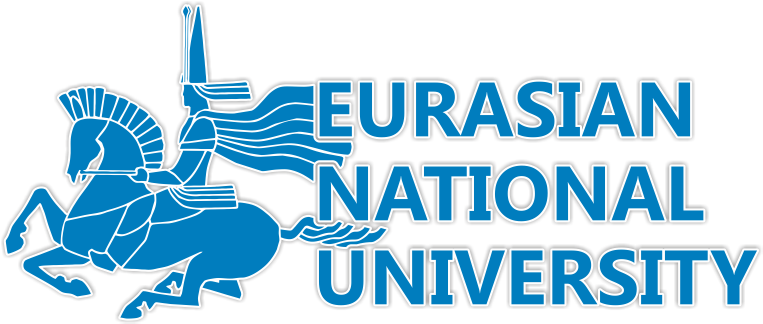Active attitude of students to building their own knowledge, as well as mutual responsibility for learning and its results are important aspects of student-centered learning. Each subject area has its own specifics and, accordingly, features in teaching methods. For example, visual teaching methods are important for cultural scientists, which, along with understanding and developing critical thinking, contribute to a kind of empathy, "feeling".
Disciplines related to the history of architecture or painting involve visits to museums, galleries, cathedrals and other cultural institutions, dialogues with artists, and even participation in art events, such as fashionable practices such as urban activism. This contributes to the development of professional and civic competencies. Teachers and students of the Department of philosophy are involved in all these processes.
For example, on February 11, a class on Byzantine architecture with 1st-year cultural studies students was held at the assumption Cathedral. The real space of the Cathedral, its aesthetics and rituals contribute to a deeper understanding of the subject and the development of tolerance thinkings.
On the same day, a session with 3rd-year cultural studies students was held at the TSE ART Destination gallery, where the first public ART library was recently opened with the support of the Soros-Kazakhstan Foundation. To be able to read the latest art books among the works of contemporary artists in Kazakhstan is not a unique situation for learning?




